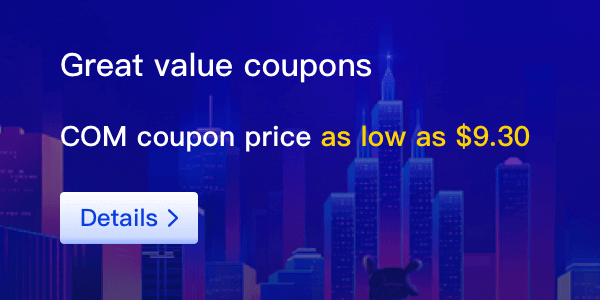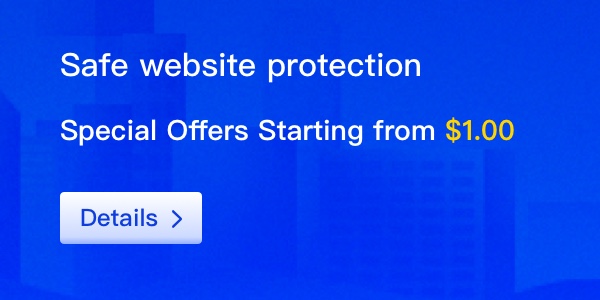Ever found the perfect domain name… only to realize someone else already owns it? That’s where domain backordering comes in — a clever way to grab a domain the moment it becomes available again.
In this guide, we’ll walk you through what domain backordering is, how it works, what makes it useful, and what to watch out for.
What Exactly Is Domain Backordering?
Think of domain backordering as putting your name on the waitlist for a domain that’s already taken.
When someone registers a domain name, it’s usually theirs for a year (or more, if they renew it). But if they forget to renew — or choose not to — the domain will eventually be released back into the public pool. A backordering service watches that domain and tries to scoop it up for you the moment it becomes free.
Why is this important? Because some domains are valuable — short, brandable, keyword-rich — and the second they drop, everyone wants a shot. A good backordering service gives you a fighting chance.
Read Also: Understanding Domain Backorders: A Comprehensive Guide
How Domain Backordering Works (Step by Step)
Here’s what typically happens when you use a backordering service:
1. Pick a Backorder Provider
There are plenty of services out there — some well-known ones include DropCatch, SnapNames, Gname, and NameJet. Choose one that has a solid reputation and a strong success rate.
2. Place Your Backorder
Once you’ve picked your platform, you search for the domain you want and place your backorder. You’ll usually need to pay a fee (which can vary a lot depending on the service or domain name value).
3. The Service Starts Monitoring
After placing your backorder, the system quietly watches the domain behind the scenes. If the owner doesn’t renew it and it reaches the deletion phase, your provider will try to grab it the instant it becomes available.
4. You Get Notified
If your backorder wins the domain — congrats! You’ll get an email letting you know, and you can proceed with registration. If not, some services let you keep the order active for next time, or give you credit for another attempt.
Why Use a Domain Backordering Service?
There are some solid benefits to going the backordering route:
Better Shot at Competitive Domains
If a domain is high in demand, it will likely be snapped up in seconds. Backorder platforms have tech that moves faster than your mouse click.
Saves Time & Stress
You don’t have to monitor expiry dates or keep refreshing WHOIS records. The system handles it all in the background.
Some Services Offer Auctions
If multiple people backorder the same domain, it might go to auction — giving you a fair shot instead of a race against the clock.
Expert Support
Reputable services usually offer help with transfers, renewals, and ownership — especially helpful if you're new to domain investing or flipping.
⚠️ Things to Watch Out For
Backordering isn’t all smooth sailing — here are a few caveats:
It Can Get Pricey
Some platforms charge just for placing a backorder. Others only charge if they secure the name — but auction prices can spike fast. Know your budget.
No Guarantees
Just because you backorder a domain doesn’t mean you’ll get it. Someone else might beat you to it, or the current owner could renew it at the last minute.
Ongoing Renewal Costs
If you do win the domain, you’ll still have to pay annual renewal fees — which can vary based on the extension (.com, .cc, .shop, etc.).
Read More: Alternatives to Domain Redemption: Exploring Auctions and Backordering
Real Talk
If you’ve got a domain name in mind that’s taken right now, don’t give up on it. Backordering gives you a real shot at owning it down the road — and if you use the right service, it’s surprisingly simple to set up.
Just know the risks, weigh the costs, and be ready to move fast when the opportunity comes.
Who knows? That domain you’ve been dreaming about might be yours sooner than you think.





















